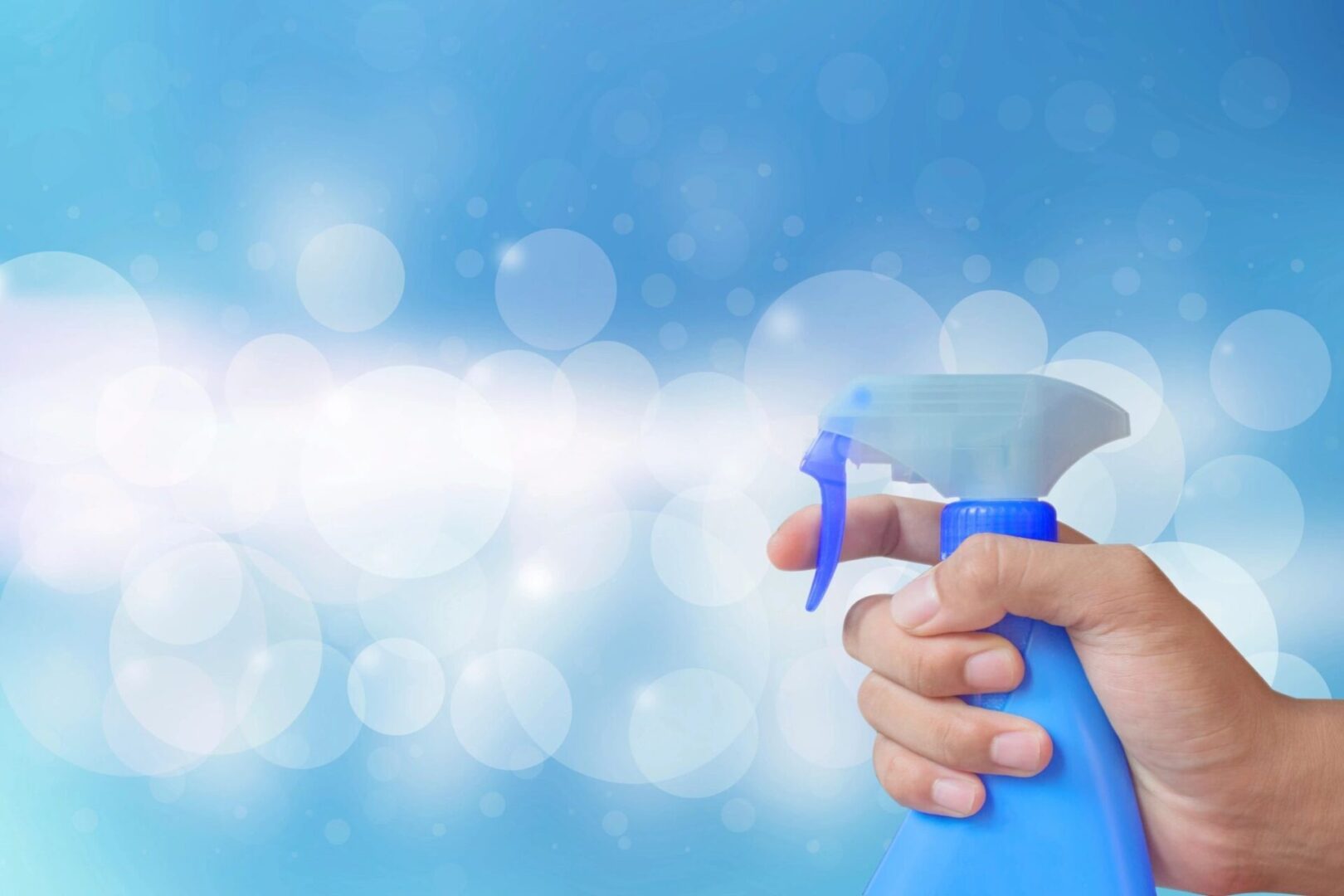The Ultimate Guide to Properly Disinfecting Hard Surfaces

In today’s world, maintaining a clean and germ-free environment is of utmost importance. Properly disinfecting hard surfaces plays a crucial role in preventing the spread of diseases and ensuring the well-being of ourselves and our loved ones. In this blog post, we will guide you through the essential steps and best practices to effectively disinfect hard surfaces, helping you maintain a hygienic and safe living or working space.
Step 1: Preparing the Surface Before diving into the disinfection process, it’s important to prepare the surface properly. Begin by removing any visible dirt, dust, or debris using a clean cloth or vacuum cleaner. This step ensures that the disinfectant can work more effectively, reaching all areas of the surface.
Step 2: Choosing the Right Disinfectant Not all disinfectants are created equal, and different surfaces may require specific formulations. Look for disinfectants that are approved by regulatory authorities, such as the Environmental Protection Agency (EPA) or your local health department. Ensure that the disinfectant is appropriate for the type of surface you are cleaning, whether it’s glass, metal, plastic, or wood.
Step 3: Follow Manufacturer’s Instructions Each disinfectant product comes with specific instructions on how to use it effectively. It’s crucial to read and follow these instructions carefully to ensure maximum efficacy. Pay attention to the recommended contact time, which is the duration the disinfectant needs to remain on the surface to effectively kill germs. Most disinfectants require a dwell time of a few minutes to be fully effective.
Step 4: Proper Application When applying the disinfectant, use a clean cloth, sponge, or spray bottle, depending on the surface and the disinfectant’s instructions. Begin from the top and work your way down, ensuring that you cover all areas evenly. Avoid oversaturating the surface, as excess liquid can damage certain materials. For electronic devices, consider using disinfectant wipes specifically designed for these surfaces.
Step 5: Allow Sufficient Drying Time After applying the disinfectant, allow the surface to air dry completely. This ensures that the disinfectant has enough time to eliminate pathogens effectively. Avoid wiping away the disinfectant prematurely, as doing so may reduce its effectiveness. If required, ventilate the area to speed up the drying process.
Step 6: Regular Maintenance Disinfection is an ongoing process, especially in high-traffic areas or spaces that are frequently touched. Establish a regular cleaning routine, disinfecting hard surfaces at least once a day or more frequently if needed. Remember to clean and disinfect high-touch areas such as doorknobs, light switches, countertops, and shared equipment regularly.
Conclusion: Properly disinfecting hard surfaces is an essential practice for maintaining a healthy and germ-free environment. By following the steps outlined in this guide, you can effectively eliminate harmful pathogens and reduce the risk of spreading diseases. Remember to choose the right disinfectant, follow the manufacturer’s instructions, and establish a regular cleaning routine to ensure a safer and cleaner living or working space for yourself and others. Stay diligent, stay safe, and prioritize hygiene!
